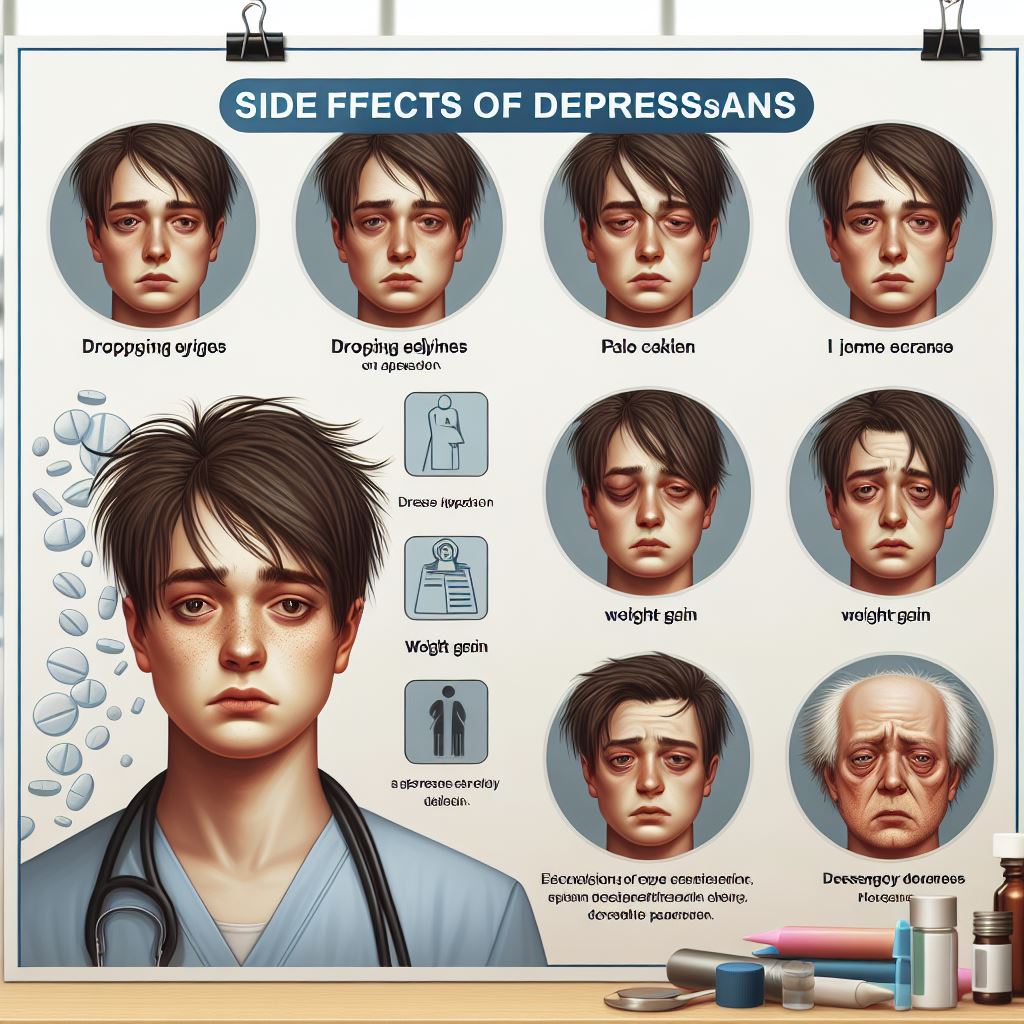Introduction:
The use of drugs, both legal and illegal, can have profound effects on a person’s physical appearance. From subtle changes to dramatic transformations, drugs can alter various aspects of appearance, including skin health, facial features, body weight, and overall vitality. Understanding these effects is crucial for raising awareness about the dangers of drug abuse and promoting healthy lifestyles. In this comprehensive analysis, we will delve into the ways in which different types of drugs impact physical appearance, exploring both short-term and long-term effects.

- Effects of Stimulants:
Stimulant drugs such as cocaine, methamphetamine, and prescription medications like Adderall can exert significant effects on appearance due to their stimulating properties and impact on the body’s systems.
- Skin: Stimulant abuse often leads to skin problems such as acne, sores, and rashes due to increased sweating, poor hygiene, and compromised immune function. Methamphetamine use, in particular, can cause severe acne and skin lesions known as “meth sores,” which result from scratching and picking at the skin.
- Facial Features: Prolonged stimulant use can cause weight loss and muscle wasting, leading to a gaunt, hollow appearance, particularly in the cheeks and eyes. Chronic methamphetamine use can also accelerate the aging process, resulting in premature wrinkles and sagging skin due to decreased collagen production and blood vessel constriction.
- Dental Health: Methamphetamine use is notorious for its detrimental effects on dental health, often referred to as “meth mouth.” This condition is characterized by severe tooth decay, gum disease, and tooth loss, primarily due to dry mouth, teeth grinding (bruxism), and poor oral hygiene habits associated with drug use.
- Overall Vitality: Chronic stimulant abuse can take a toll on overall vitality and wellbeing, leading to a tired, aged appearance characterized by dark circles under the eyes, pale or sallow skin tone, and a lack of vibrancy. The physical toll of drug abuse is often evident in a person’s posture, energy levels, and overall demeanor.

- Effects of Depressants:
Depressant drugs such as alcohol, benzodiazepines, and opioids can also influence physical appearance, albeit in different ways compared to stimulants.
- Skin: Alcohol abuse can cause skin dehydration and inflammation, leading to facial redness, broken capillaries (spider veins), and a condition known as rosacea. Opioid abuse may result in itchy, dry skin due to histamine release and reduced blood flow to the skin’s surface.
- Weight Gain: Depressant drugs are often associated with weight gain due to their impact on appetite regulation and metabolism. Chronic alcohol consumption, for example, can lead to “beer belly” or abdominal obesity, while certain antidepressants and antipsychotic medications may cause significant weight gain as a side effect.
- Facial Features: Prolonged alcohol abuse can lead to the development of a condition called alcoholic facies, characterized by swollen, red cheeks, a bulbous nose (known as rhinophyma), and deepening wrinkles. Benzodiazepine use may cause drooping eyelids and a slackened facial expression due to muscle relaxation and sedation.
- Dental Health: While depressants may not directly cause dental decay like stimulants, chronic alcohol consumption and poor oral hygiene habits associated with drug use can still contribute to dental problems such as tooth decay, gum disease, and tooth loss.

- Effects of Hallucinogens:
Hallucinogenic drugs like LSD, psilocybin mushrooms, and MDMA (ecstasy) can induce profound alterations in perception and sensory experiences, but their effects on physical appearance are less straightforward compared to stimulants and depressants.
- Pupil Dilation: One common physical effect of hallucinogens is pupil dilation, which can make the eyes appear larger and more dilated than usual. This dilation is caused by the drugs’ impact on the sympathetic nervous system and can persist for several hours during the drug’s effects.
- Skin Flushing: Some hallucinogens, particularly MDMA, can cause skin flushing and increased body temperature due to their stimulant properties and effects on serotonin levels. This flushing may result in a temporary reddening of the skin, especially in the face and neck area.
- Hygiene and Self-Care: Hallucinogenic experiences often involve alterations in consciousness and perception, which may temporarily shift a person’s focus away from personal hygiene and grooming habits. While not a direct effect of the drugs themselves, neglecting self-care during drug use can contribute to changes in appearance over time.

- Effects of Cannabis:
Cannabis, commonly known as marijuana or weed, is one of the most widely used psychoactive substances worldwide. While its acute effects on physical appearance may be less pronounced compared to other drugs, chronic cannabis use can still have some noticeable effects.
- Bloodshot Eyes: One of the most well-known physical effects of cannabis use is bloodshot eyes, caused by the dilation of blood vessels in the eyes (conjunctival vasodilation). This redness is often a telltale sign of recent marijuana consumption.
- Dry Mouth: Cannabis use can lead to dry mouth (xerostomia) due to its effects on salivary gland function and saliva production. Chronic dry mouth can contribute to dental problems such as tooth decay and gum disease if proper oral hygiene is not maintained.
- Appetite Stimulant: Cannabis is known for its appetite-stimulating effects, often referred to as “the munchies.” While this may not directly impact physical appearance in the short term, chronic overeating and unhealthy eating habits associated with cannabis use can contribute to weight gain and changes in body composition over time.

Conclusion:
In conclusion, drugs can exert a wide range of effects on physical appearance, from subtle changes to more dramatic transformations. Stimulants like cocaine and methamphetamine can lead to skin problems, facial wasting, and dental issues, while depressants like alcohol and opioids may cause facial redness, weight gain, and dental decay. Hallucinogens and cannabis can also influence aspects of appearance, albeit to a lesser extent. Understanding these effects is essential for recognizing the signs of drug abuse and promoting healthy lifestyles that prioritize physical and mental wellbeing. By raising awareness about the impact of drugs on appearance, we can empower individuals to make informed choices and seek help when needed to overcome substance abuse challenges.



